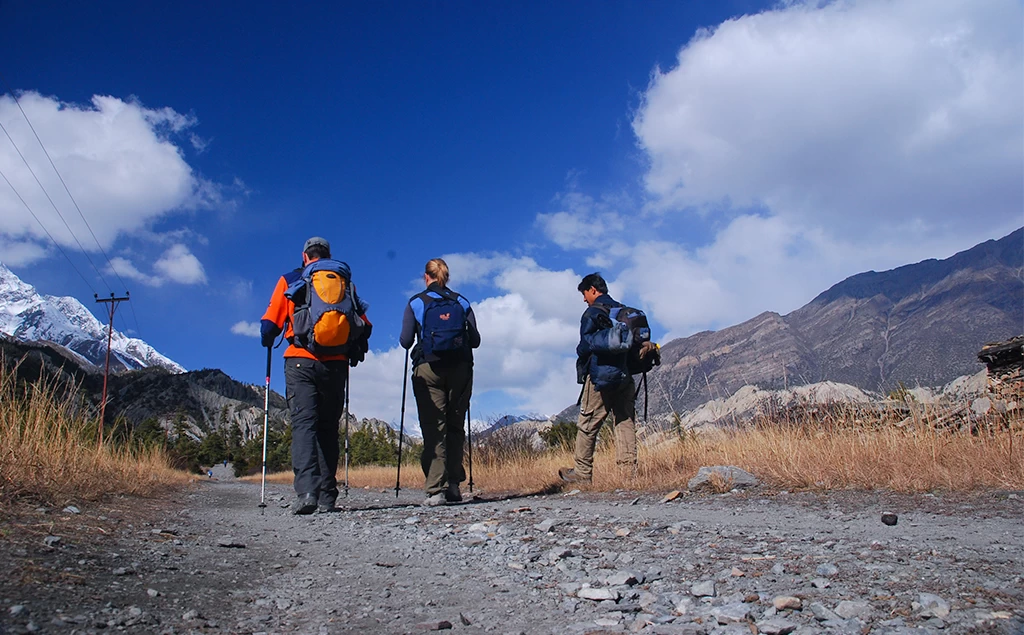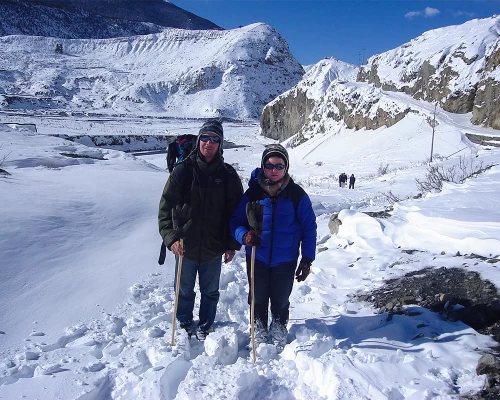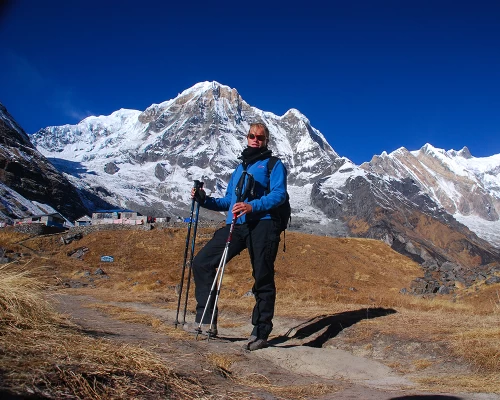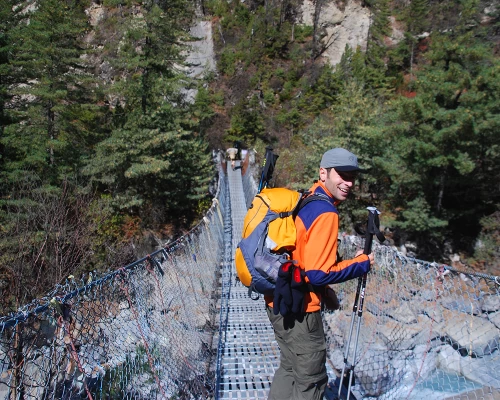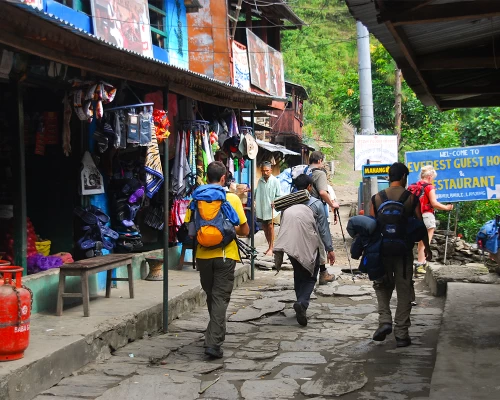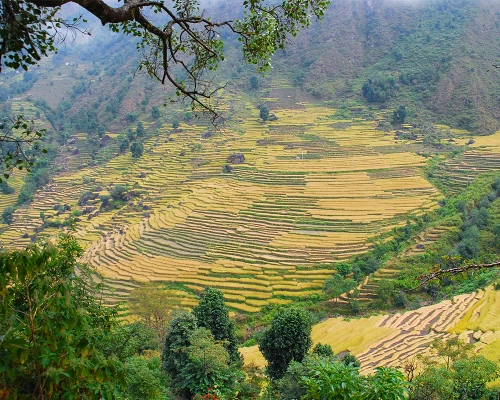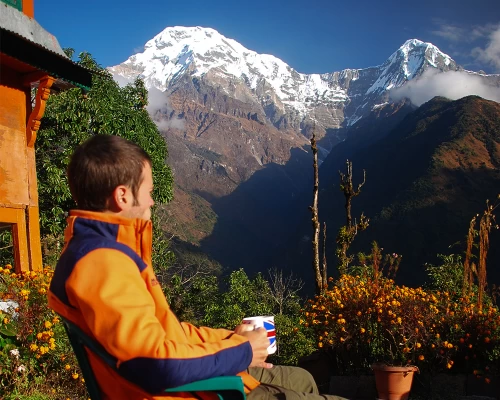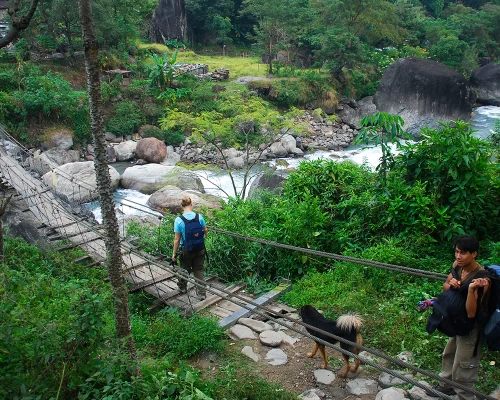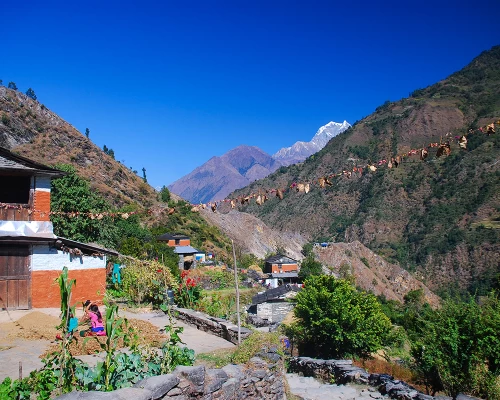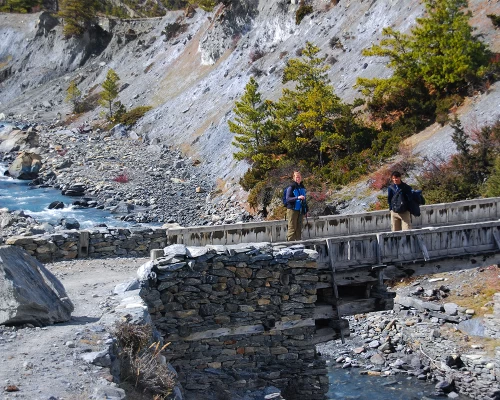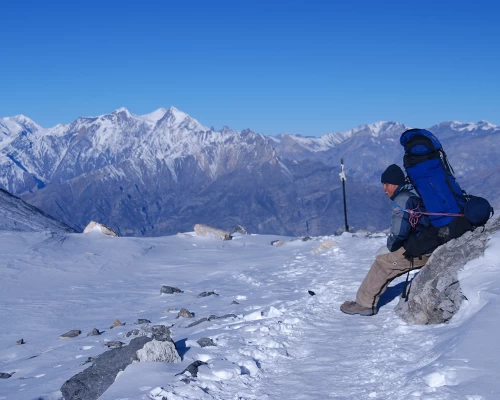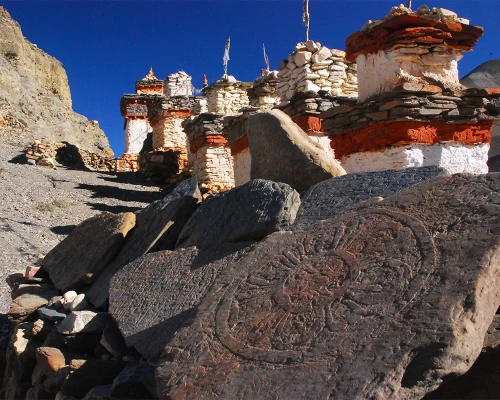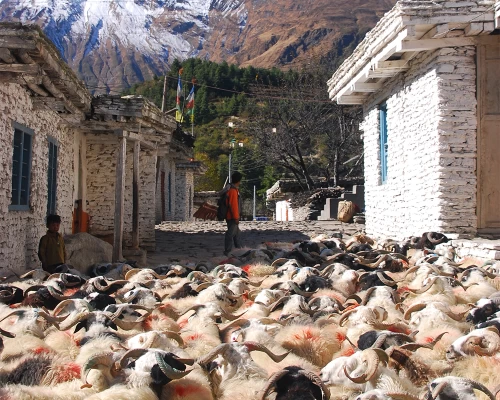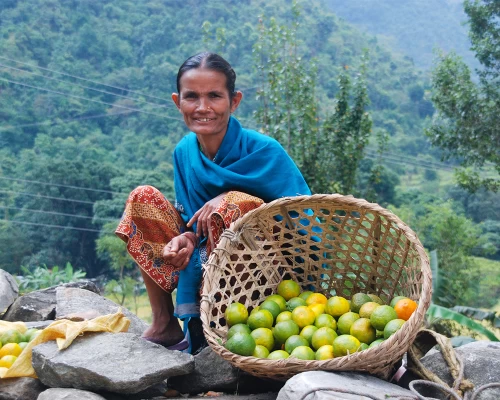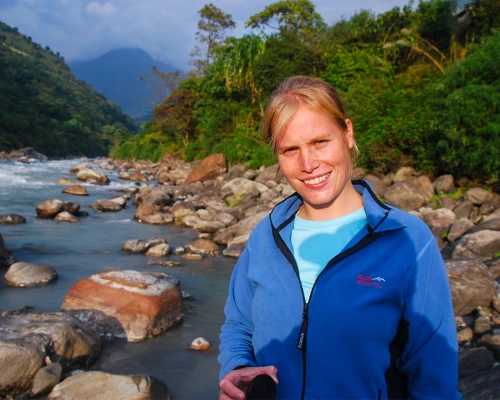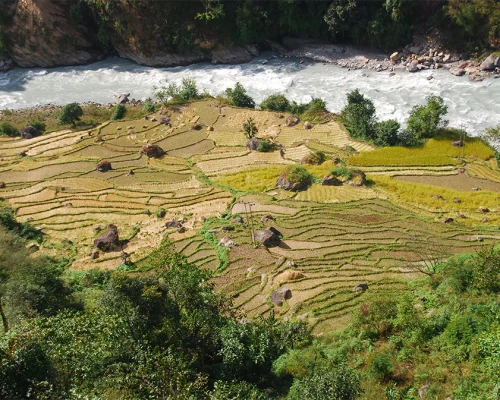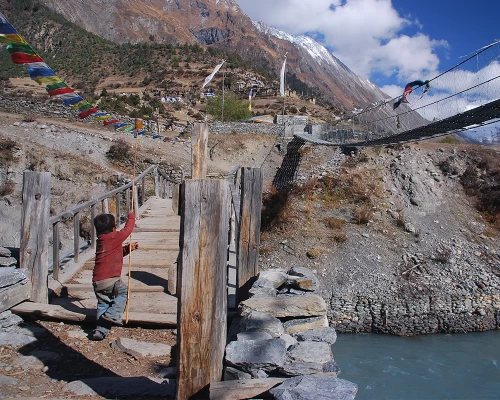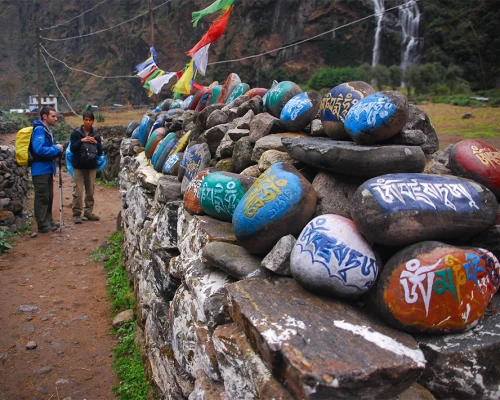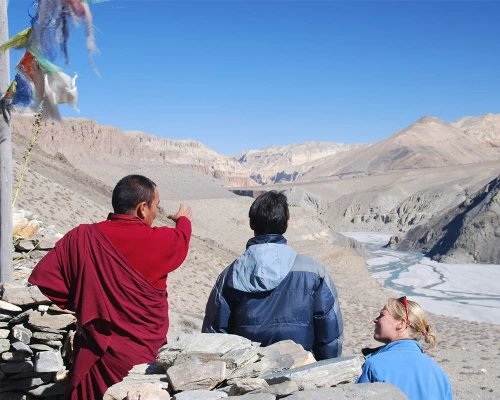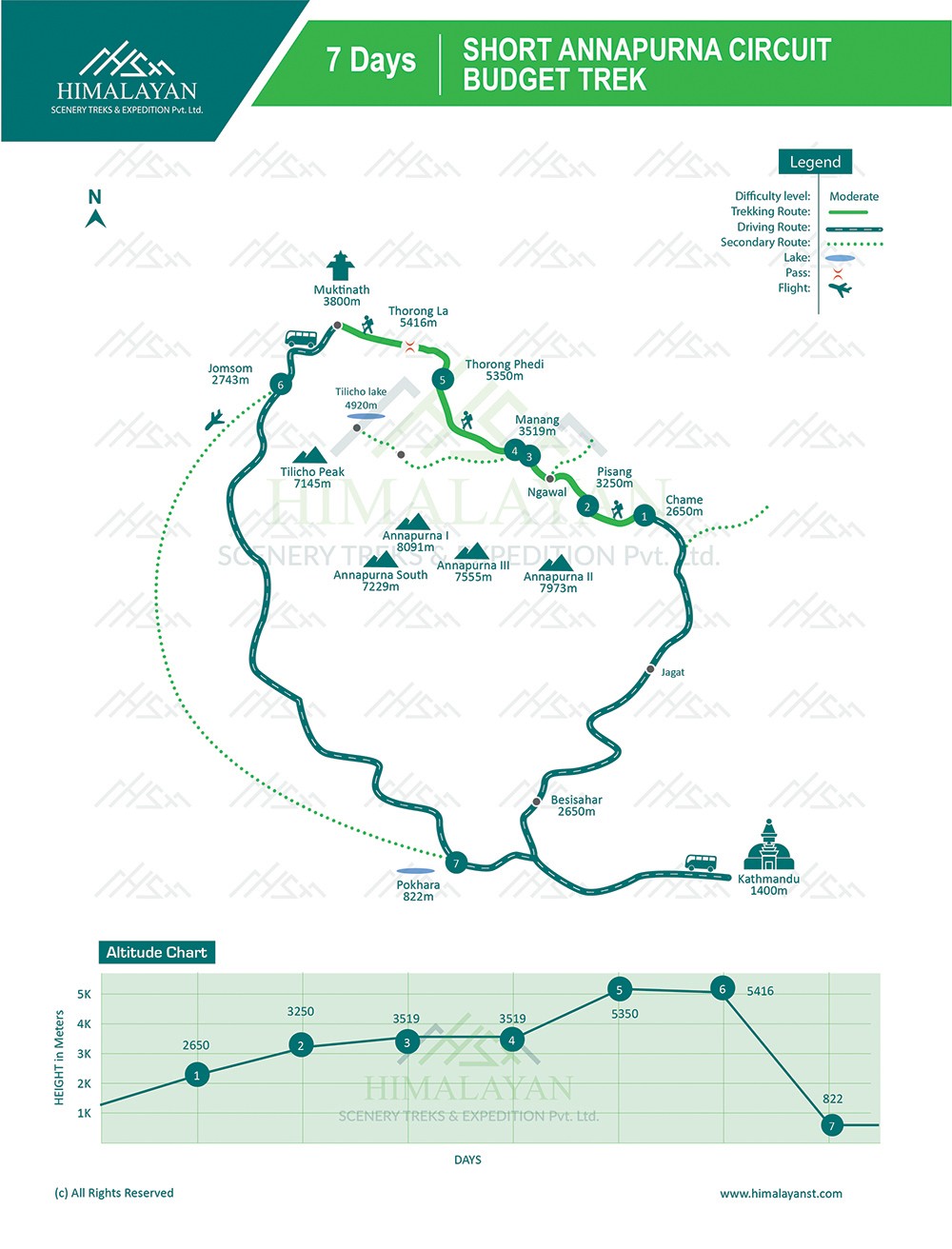Get ready for an amazing adventure in the stunning Annapurna region with the Short Annapurna Circuit Budget Trekking in 2024. You'll be amazed by the breathtaking views of Annapurna and Dhaulagiri, creating a picture-perfect backdrop for your journey. Explore the charming village of Manang, where you'll experience the locals' warm hospitality and rich Tibetan culture.
One of the highlights of this trek is the peaceful Ice Lake, surrounded by towering snow-capped peaks. Take a moment to absorb the tranquility and capture unforgettable photos of this majestic landscape. Don't miss the sacred Muktinath temple, an important spiritual site for Hindus and Buddhists.
Throughout the trek, you'll encounter diverse landscapes, from lush forests to vast valleys and scenic meadows. Each step brings you closer to the wonders of nature while connecting with friendly locals who will share their traditions and way of life.
Crossing suspension bridges and navigating mountain trails will add excitement to your journey. Feel the thrill of conquering challenging terrain while being surrounded by awe-inspiring beauty. After a day of trekking, soothe your weary muscles in natural hot springs, revitalizing your body and preparing for the next adventure.
The Short Annapurna Circuit Budget Trek offers an incredible blend of adventure, cultural immersion, and natural wonders. Whether you're an experienced trekker or new to hiking, this journey promises unforgettable memories and a deeper appreciation for the Annapurna region. Get ready to embark on a once-in-a-lifetime experience, discovering the true beauty and treasures of this remarkable destination.
Best Time for Short Annapurna Circuit Trek
The best time for a short Annapurna Circuit budget trek depends on personal preferences and priorities. September to December (Autumn) and March to June (Spring) are generally considered the perfect times, with stable weather, clear views, and vibrant landscapes. Although trekking from July to August (Rainy) can be more challenging due to rainfall, the higher regions in Manang offer better conditions. On the other hand, December to February (Winter) is not recommended for higher altitudes due to cold temperatures and snow-covered trails.
September to December (Autumn): The autumn season, spanning from September to December, is considered the perfect time for a short Annapurna Circuit trek. The weather during this period is generally stable, with clear skies and moderate temperatures. The beautiful landscapes are adorned with vibrant fall colors, creating a picturesque setting for trekkers. The trails are less crowded than during peak tourist season, providing a more serene and immersive trekking experience. It's an ideal time to witness the breathtaking beauty of Thorong La Pass.
July to August (Rainy): July to August falls within the rainy season, and while it is possible to undertake the Annapurna Circuit trek during this time, it is not as commonly chosen. The lower altitudes experience heavier rainfall, making the trek more challenging and muddy. However, the higher regions around Manang receive less rainfall, allowing for better trekking conditions. It's essential to be prepared for wet and slippery trails during this period, but it can still be a rewarding experience for those who don't mind the rain.
January to February (Winter): The winter season, from January to February, is not considered the best time for trekking in the higher altitudes of the Annapurna Circuit. The temperatures can drop significantly, especially at higher elevations, making it extremely cold and potentially dangerous for trekkers. The mountain passes, including Thorong La Pass, are often covered in snow, making the trek more challenging and riskier. It is generally recommended to avoid trekking in the Annapurna Circuit during these months due to harsh weather conditions.
March to June (Spring): March to June marks the spring season, another perfect time for the Annapurna Circuit trek. The weather gradually becomes warmer, and the mountains come alive with blooming flowers and lush greenery. The trails offer stunning views of rhododendron forests in full bloom, creating a vibrant and colorful landscape. The weather is generally stable and favorable for trekking, with clear views of the surrounding peaks. It's a fantastic time to traverse the magnificent Thorong La Pass and capture unforgettable moments amidst the natural beauty.
Choose the season that aligns with your expectations and enjoy the awe-inspiring beauty of the Annapurna Circuit, especially when passing through the majestic Thorong La Pass.
Sightseeing during Short Annapurna Circuit Budget Trek
During the journey, there are several breathtaking sights to see along the way. The trek itself is a mesmerizing journey through diverse landscapes, including lush forests, terraced fields, and charming mountain villages.
One of the highlights of the trek is the revered Muktinath Temple. This sacred site holds great spiritual significance for both Hindus and Buddhists. Its serene atmosphere and stunning architecture make it a must-visit destination.
The picturesque village of Manang is another sight not to be missed. Nestled amidst the Annapurna massif, it offers panoramic views of the surrounding mountains. The beauty of the towering peaks, lush valleys, and cascading waterfalls create a postcard-perfect setting.
Ice Lake in Manang is a hidden gem along the route. Situated at a high altitude, this pristine lake offers mesmerizing views of the surrounding snowy peaks. The shimmering blue waters reflecting the mountain scenery create a truly magical experience.
Exploring these sights allows trekkers to immerse themselves in the unique local culture, interact with friendly villagers, and experience the warm hospitality of the region.
